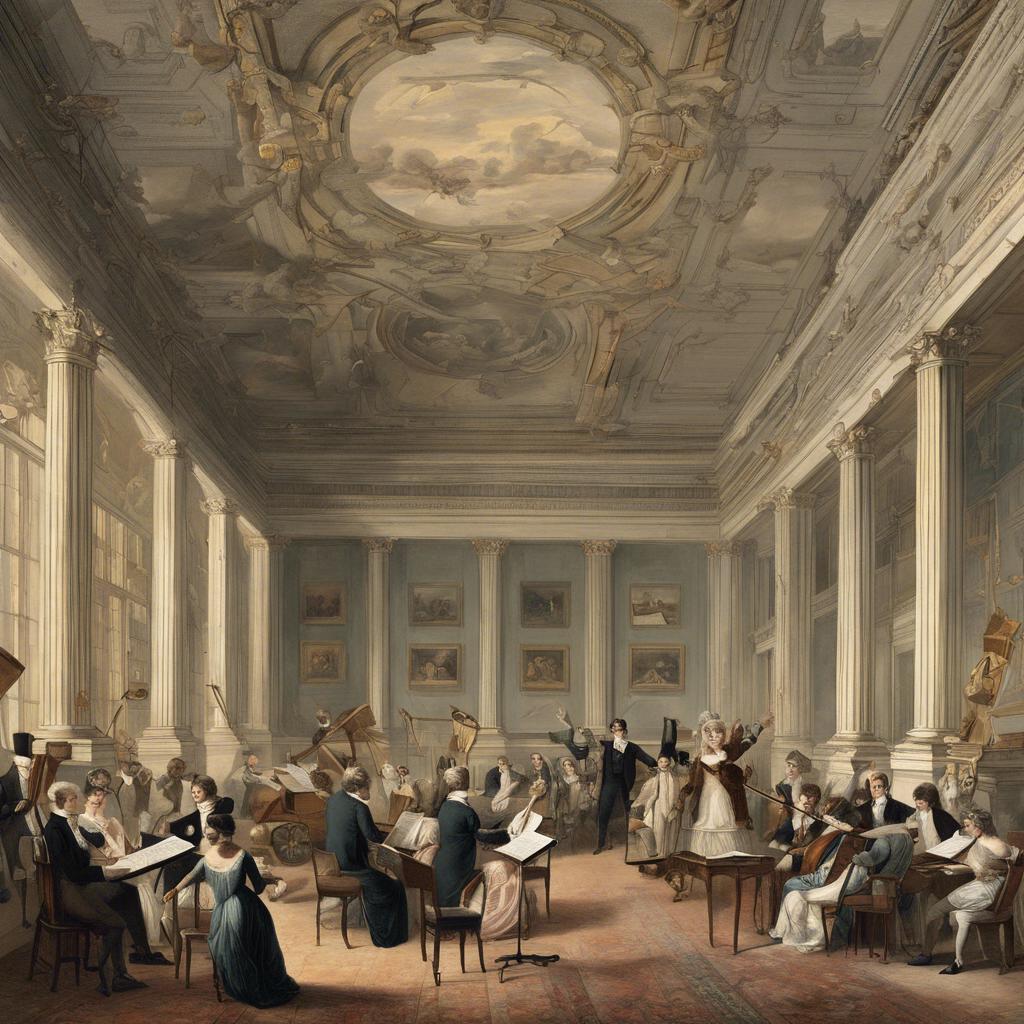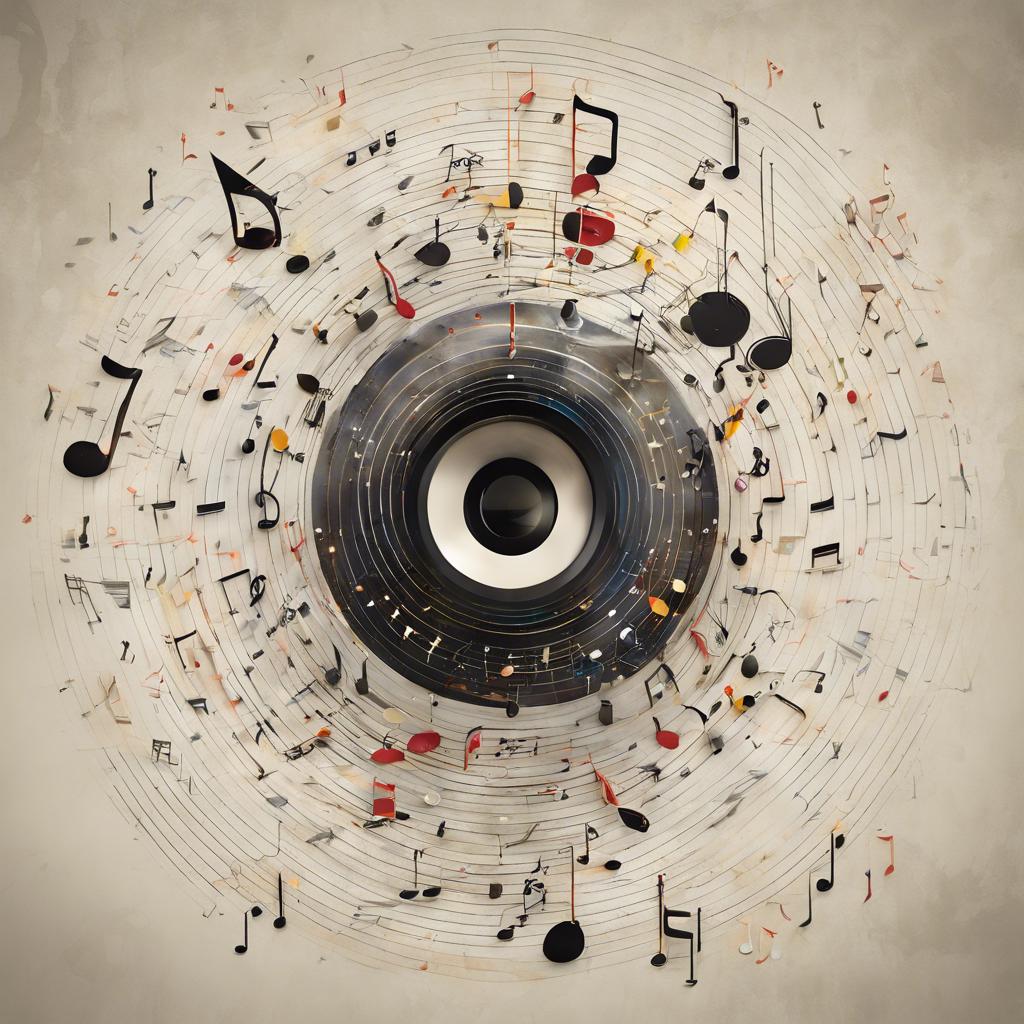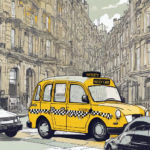During the early 19th century, a musical movement known as the Regency Period emerged in the courts and salons of England. This era, characterized by its elegance and refinement, witnessed the fusion of classical traditions with burgeoning Romantic ideals, resulting in a unique and sophisticated musical landscape. In this article, we will explore the key characteristics and prominent figures of Regency period music, shedding light on the cultural and artistic influences that shaped this fascinating chapter in musical history.
Step Into the World of Cheryl Bolen
Dive into the enchanting stories of love, intrigue, and elegance set in the Regency Era. Cheryl Bolen's novels offer timeless romance and captivating tales that will leave you wanting more.
Explore Cheryl Bolen's Books Now
Overview of Regency Period Music
The Regency Period, spanning from 1811 to 1820, was marked by a unique blend of musical styles and influences. Music during this era was characterized by elegance, refinement, and a departure from the grandiosity of the previous Baroque period. Composers such as Ludwig van Beethoven, Franz Schubert, and Carl Maria von Weber were prominent figures during this time, blending classical traditions with new innovations.
One of the defining features of Regency Period music was the rise of the piano as a popular instrument. The piano became a staple in many households, and composers began to write specifically for the instrument. This led to the development of new musical forms, such as the piano sonata and nocturne. Improvements in piano technology also allowed for greater expression and dynamic range in performances.
Regency Period music was often performed in intimate settings, such as salons and drawing rooms, where the music could be enjoyed by a select audience. This shift away from large-scale public performances allowed for more nuanced and personal musical experiences. Vocal music also flourished during this time, with art songs and lieder becoming increasingly popular among composers and performers.
Evolution of Musical Styles during the Regency Era
During the Regency Era, musical styles underwent a significant evolution, reflecting the cultural and societal changes of the time. From the elegant classical compositions of the late 18th century to the emergence of more spirited and expressive music, the period saw a shift in musical tastes and aesthetics. Some key characteristics of the musical styles during the Regency Era include:
- Influence of Romanticism: As the Romantic movement began to gain prominence, musical compositions became more emotional, introspective, and expressive. Composers like Ludwig van Beethoven and Franz Schubert pushed the boundaries of traditional musical forms, exploring themes of love, nature, and personal experience.
- Rise of Opera and Ballet: The Regency Era saw a rise in the popularity of opera and ballet, with composers like Gioachino Rossini and Carl Maria von Weber creating masterpieces that combined music, drama, and visual spectacle. These dramatic and theatrical forms of music captivated audiences and showcased the virtuosity of performers.
- Integration of Folk and Popular Music: During the Regency Era, there was a growing interest in incorporating folk melodies and popular tunes into classical compositions. Composers like John Field and Ignaz Moscheles experimented with blending traditional folk elements with classical techniques, creating a unique fusion of musical styles.
Key Composers and Influential Works of Regency Period
Overview
During the Regency Period, from 1811 to 1820, music played a significant role in expressing the societal changes and cultural shifts of the time. Key composers of this era created influential works that reflected the elegance and refinement of Regency society.
Key Composers
- Ludwig van Beethoven: Known for his groundbreaking compositions, Beethoven’s work during the Regency Period included symphonies, piano sonatas, and string quartets that pushed the boundaries of classical music.
- Franz Schubert: A prolific composer, Schubert’s Lieder, symphonies, and chamber music were celebrated for their lyrical beauty and emotional depth, capturing the romantic spirit of the era.
Influential Works
- Beethoven’s Symphony No. 9: Often referred to as the ”Choral Symphony,” this masterpiece is considered one of Beethoven’s greatest works, featuring the iconic “Ode to Joy” finale.
- Schubert’s “Trout Quintet”: This chamber music piece, composed for piano, violin, viola, cello, and double bass, is a beloved example of Schubert’s melodic genius and innovative harmonies.
Recreating the Regency Music Experience: Instrumentation and Performance Practices
During the Regency period, music played a significant role in social gatherings and entertainment. The instrumentation commonly used during this time included:
- Piano forte: A popular keyboard instrument that was used in both solo performances and accompanying singers or instrumentalists.
- Violin: A versatile string instrument that was essential for chamber music ensembles and orchestras.
- Flute: A delicate woodwind instrument that added a light and airy quality to musical performances.
Performance practices of Regency music were influenced by the preferences of the era’s elite society. Musicians often played in intimate settings such as drawing rooms or salons, focusing on creating a refined and elegant atmosphere. Improvisation was common, with musicians embellishing melodies and adding ornamentation to pieces.
| Instrument | Usage |
|---|---|
| Piano forte | Solo performances and accompaniment |
| Violin | Chamber music ensembles and orchestras |
| Flute | Adding light and airy quality to music |
Recreating the Regency music experience today involves studying historical sources, understanding performance practices, and mastering period-appropriate techniques. By exploring the instrumentation and performance practices of the era, musicians can transport modern audiences back in time to experience the elegance and charm of Regency music.
Insights and Conclusions
the music of the Regency period is a vibrant tapestry of elegant compositions, lively dances, and stirring melodies that capture the essence of a dynamic era in British history. From the refined symphonies of Haydn and Mozart to the spirited country dances of Jane Austen’s novels, music played a crucial role in shaping the cultural landscape of the early 19th century. As we delve deeper into the nuances of Regency music, we gain a greater appreciation for the artistry and creativity of the composers and musicians who helped define this remarkable period. Let us continue to explore and celebrate the rich musical heritage of the Regency era, ensuring that its legacy endures for generations to come.


